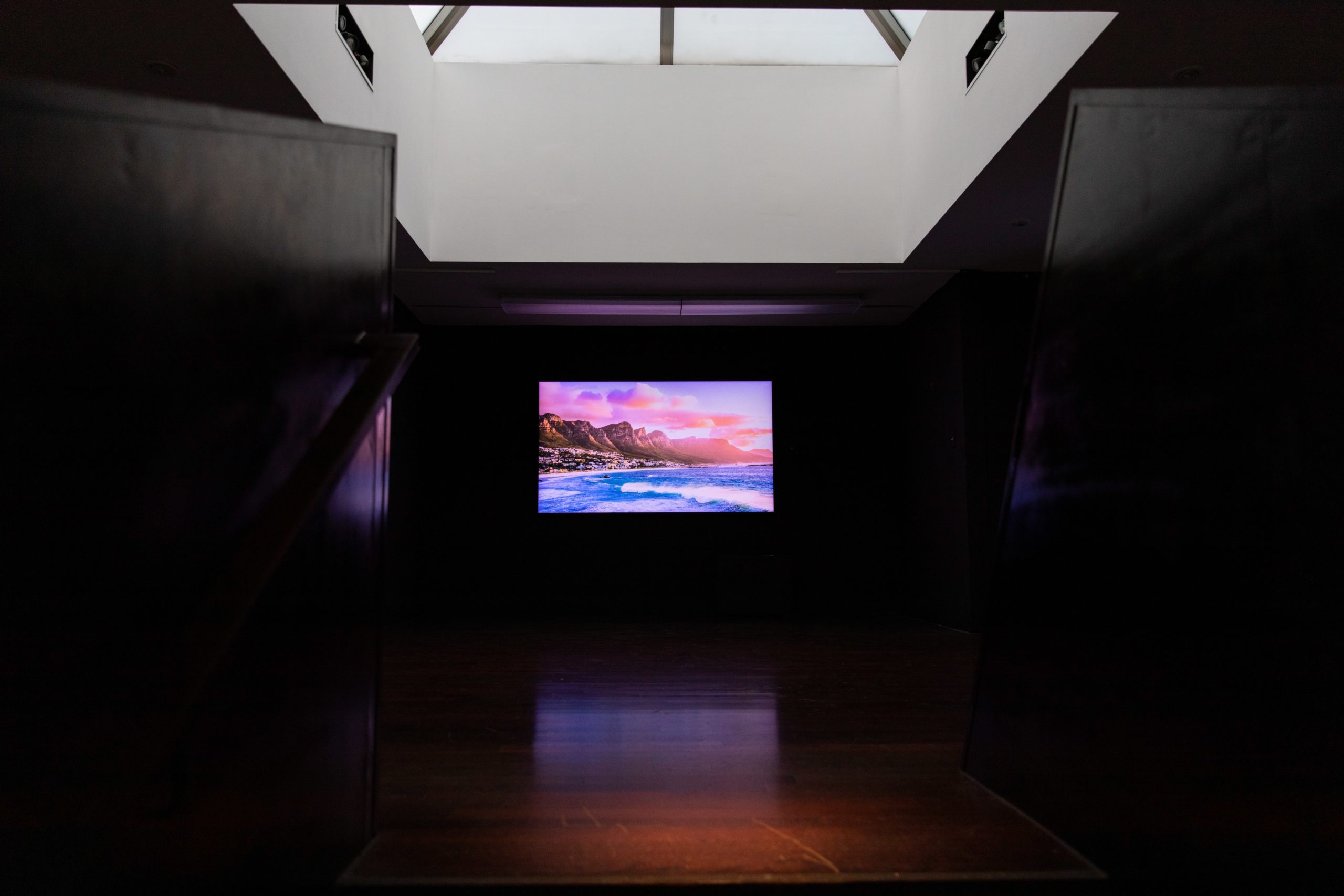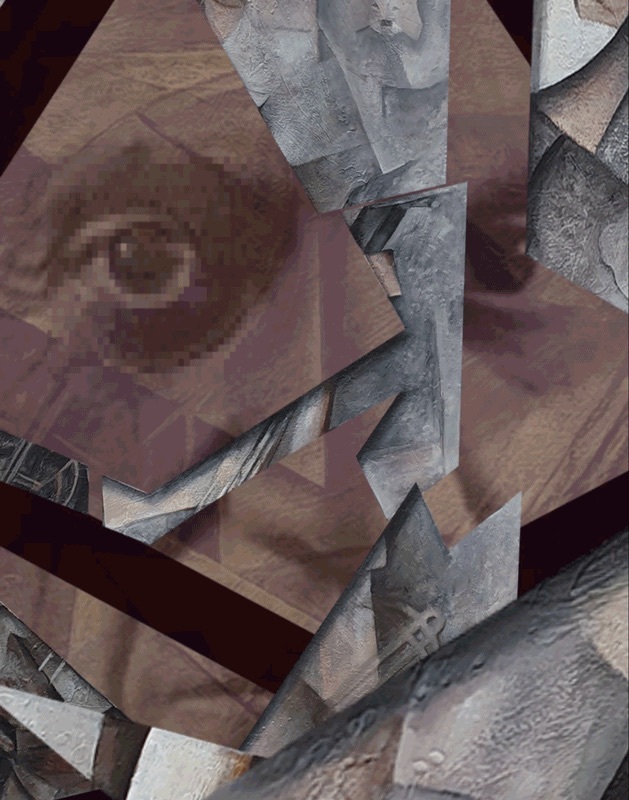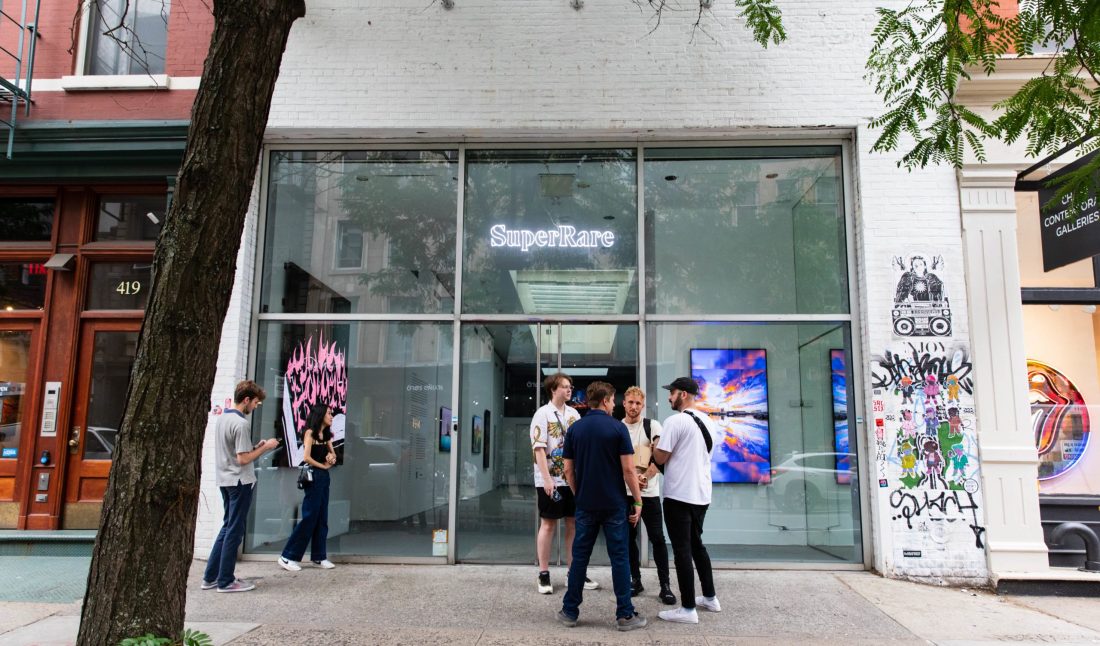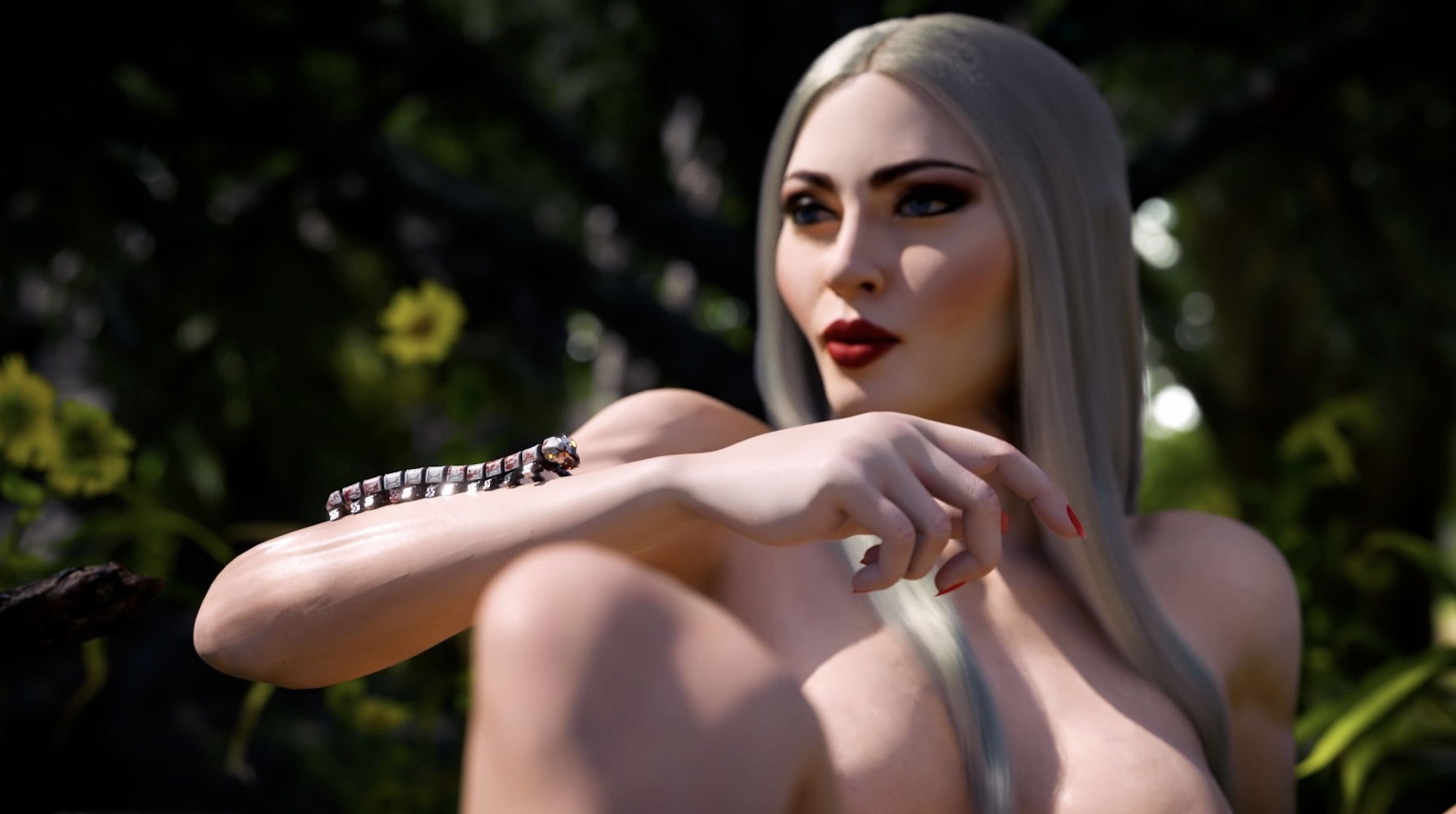In April 2018, John Crain teamed up with his brother, Charles, and his cousin, Jonathan Perkins, to launch SuperRare. All three co-founders applied their personal interests and professional backgrounds in cryptocurrency, coding, art, and advertising to create the DAO and NFT platform. Built on the Ethereum blockchain, SuperRare is focused on single-edition artworks, featuring around 2,400 artists and minting about 20–50 NFTs a day. To date, more than $160 million has been paid directly to artists.
SuperRare has become a go-to source for artists, curators, and collectors as it has a collaborative platform for brands. In June, for instance, Gucci entered the Web3 space by joining the SuperRare DAO, acquiring SuperRare’s $RARE curation token, and launching the Vault Art Space exhibition and auction platform. On SuperRare, it launched its first show and sale, “The Next 100 Years of Gucci,” with 29 artists who created telescopic visions through NFTs.
Whitewall spoke with Crain to hear about how his interest in generative art and an unapproachable art market led him to co-founding SuperRare.
 Portrait of John Crain by Weston Wells.
Portrait of John Crain by Weston Wells.
WHITEWALL: What were the confluences that led you to starting SuperRare?
JOHN CRAIN: I studied architecture and civil engineering in school, so I was into math and design, but decided that wasn’t what I would do. I moved to New York and worked in advertising, and I got into this programming language called processing. It’s like generative art, so you could write some code and generate things.
I made the jump from advertising to start-ups and got interested in Bitcoin and cryptocurrencies. I also had friends who were on the periphery of the art scene—one who ran a gallery, others who were trying to make it as artists. I’d go to shows and buy art but had a day job. I developed this thesis that there were structural flaws that were artificially constraining my opinion of what art could be—specifically, digital art.
I loved digital art, generative art, and felt like a lot of the art I was drawn to didn’t have any type of representation in the art fair conversation. There was no real way to sell it or collect it. When I saw what was happening with NFTs, I got excited. It seemed like a fairly elegant solution to this problem. I thought if you could build a digital art-collecting experience, it could support millions of artists and collectors. So I left my job to prototype early versions of SuperRare. It took about six months to launch.
WW: Most digital art companies aren’t opening physical spaces. Why did you want to open a pop-up gallery in Manhattan?
JC: Early on, we were doing DIY installations and pop-ups. We’d go to different conferences, have backpacks full of iPads, and tape these handmade frames together. It was a conversation starter. Seeing a traditional piece of art on the wall and having a conversation about how it makes you feel, or who the artist is, is something anyone can relate to. So having that physical space is very much like an educational opportunity. Every naysayer that walks by is an opportunity to educate and help them understand why it’s interesting, and the foundation of an artistic revolution.
WW: Why was “Visions for Remembered Futures” the theme of its inaugural show?
JC: In the book Snow Crash, they coined the term “metaverse”—this dystopian future situation. It was fun to play with the two different camps— technology’s ruining everything, and every problem has a technical solution. Neither are correct, and it’s probably a little bit of both. We wanted to celebrate the forward thinkers who are questioning, “What is the future?” I think NFTs are a technology that’s making a positive impact. We wanted to celebrate the forward-thinking artists, and those who are thinking about society change with the addition of these different technologies. In our opinion, NFTs are making a better, more equitable art market, so it was a hat tip to those individuals.
 SuperRare’s gallery pop-up in New York, courtesy of SuperRare.
SuperRare’s gallery pop-up in New York, courtesy of SuperRare.
WW: Last year, SuperRare launched the $RARE token, converting an empty marketplace into a community governed by a network of galleries by deciding on decisions with a community vote. Why?
JC: Tokens are very interesting—and challenging to do with paper. Stock certificates, which were literally paper stock certificates, are baked into how the systems work. But it’s no longer physical; it’s digital. Tokens are things that blockchains are very good at, and you can use them for lots of different things.
We philosophically think tokens are cool, but we just want to build a useful product and then think more about it. We succeeded in building the useful product and got more people using SuperRare than we ever could have hoped, and then asked, “What does the future for SuperRare look like?” It’s been the community that makes SuperRare special—the artists and collectors. Early on, we had active Telegram channels that moved onto Discord, and it seemed like now that we had the platform and the community was at the core, this was the natural evolution—and almost the future of human organization.
Unlike Facebook and YouTube, who own most of the pie and allow you to distribute on the platform, tokens allow you to realign those incentives. If everybody who uses the platform is a stakeholder in the platform, you can build better platforms.
WW: What is your thought on the future of DAOs?
JC: I feel like they’re the future of human coordination. I think they’re incredibly powerful, and that’s part of why I’m so excited about this. We have the opportunity to reinvent a lot of these inequitable structures, and with SuperRare it’s about the art market. There are a lot of areas where certain stakeholders are dramatically rewarded over others and they’re not necessarily contributing that much more value to the ecosystem. DAOs are very interesting in that they make trading systems more transparent.
 Trevor Jones & Alotta Money, “EthGirl,” Dec-14-2019, courtesy of Trevor Jones, Alotta Money and SuperRare.
Trevor Jones & Alotta Money, “EthGirl,” Dec-14-2019, courtesy of Trevor Jones, Alotta Money and SuperRare.











